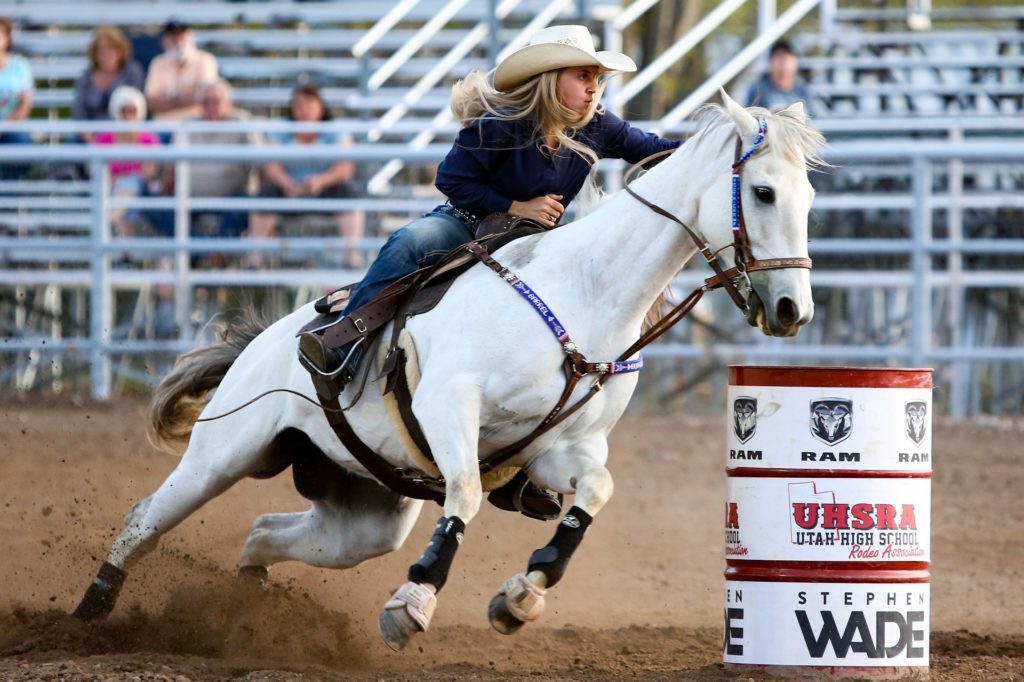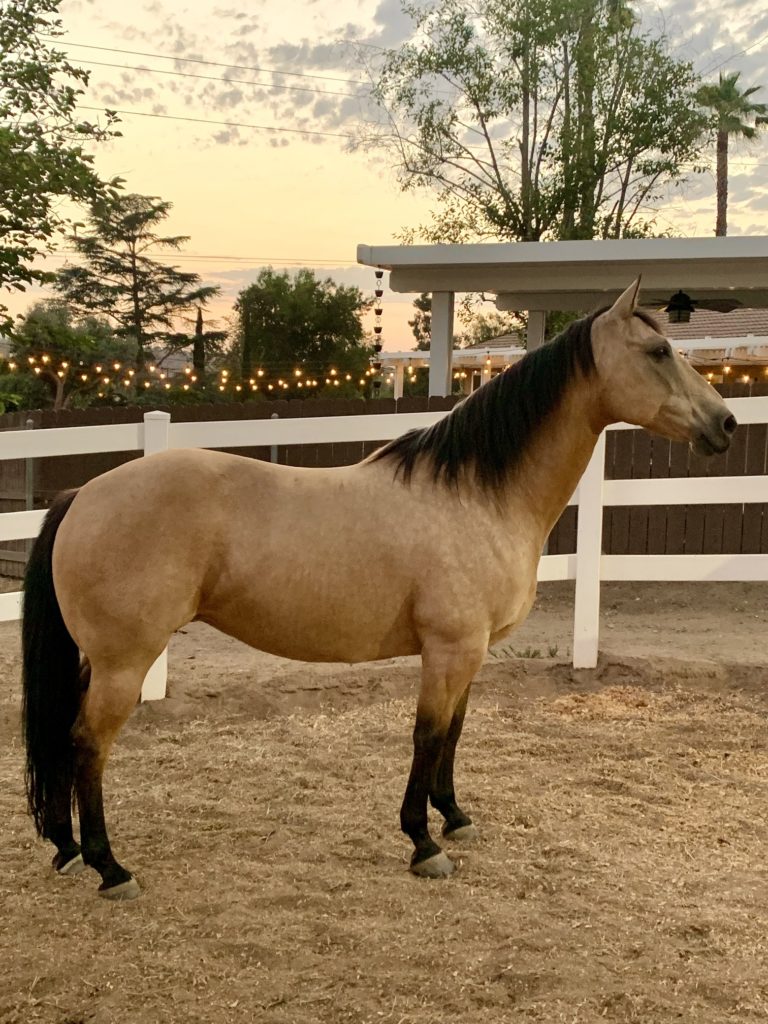VetStem Cell Therapy for Horses: Orthopedics and More
It’s been a while since we’ve done a good overview blog on the various uses of VetStem Cell Therapy in horses. The VetStem Sales and Marketing team is currently heading to San Antonio, TX to exhibit at the annual American Association of Equine Practitioners (AAEP) conference so we figured no better time than the present!
Some of you may not know this but VetStem’s very first patient was a horse that was treated way back in early 2004 for a tendon injury that would have normally been career-ending. As in dogs, veterinarians most frequently use VetStem Cell Therapy to treat orthopedic conditions in horses. Though their anatomy and injuries are different than our canine friends, the treatment methods are very similar.

VetStem Cell Therapy for Equine Tendon and Ligament Injuries
In performance horses, tendon and ligament injuries are a leading cause of decreased performance. These injuries often require prolonged healing times and can be the source of reinjury. While soft tissue injuries can take many months to heal, VetStem Cell Therapy may speed up the healing process. Stem cells can reduce pain and inflammation and regenerate tendon and ligament tissues, thereby reducing the formation of scar tissue. When paired with a good rehabilitation routine, stem cell therapy may help horses get back to work faster.
VetStem Cell Therapy for Equine Joint Conditions
As with tendon and ligament injuries, VetStem Cell Therapy can be beneficial for joint conditions in horses. Horses have been treated for a wide array of conditions including osteoarthritis (OA), osteochondritis dissecans (OCD), subchondral bone cysts, and meniscal tears. In one study utilizing VetStem Cell Therapy for the above conditions, there were several important findings:
- 80% (8/10) of cyst-only cases returned to their prior level of activity
- 95.2% (20/21) of OA cases in the study returned to prior level or lower level of work
- The average time for horses in the study from treatment to return-to-full work at prior level of performance was 6.2 months or 5.8 months for those horses returning to a lower level of work
- 83.3% (50/60) with joint injuries returned to prior level of performance or at least to a reduced performance level, with only 16.7% (10/60) being non-responsive to treatment.
VetStem Cell Therapy for Alternative Conditions in Horses
There’s plenty of data out there that stem cells can benefit soft tissue injuries and joint disease, but there are a few other conditions that VetStem may help as well. One of these conditions is Exercise Induced Pulmonary Hemorrhage (EIPH). EIPH is characterized by the presence of blood in the lungs of performance horses following strenuous exercise. Traditional therapy includes medications that can reduce the amount of hemorrhaging but don’t actually treat or cure the disease. In a clinical research program conducted by VetStem, it was determined that the majority of horses treated with VetStem Cell Therapy experienced significant improvement with little to no bleeding post racing.
Another condition that VetStem may help is uveitis. Uveitis is characterized by inflammation of the uveal tract of the eye and can be a one-time episode or recurrent. Recurrent uveitis can lead to permanent damage and even blindness. Though the cause of recurrent uveitis is unclear, there is evidence to suggest it may be immune-mediated. Stem cells have demonstrated the ability to reduce inflammation and to modulate the immune system. Preliminary in-vitro and clinical case series results demonstrate safety and that stem cells may be effective in controlling recurrent uveitis.
Veterinarians have treated horses for numerous conditions that we have not mentioned here, some with favorable results, others not. If you think your horse may benefit from treatment with VetStem Cell Therapy, whether it’s for an orthopedic condition or something else, speak to your veterinarian or contact us to receive a list of VetStem providers in your area.




